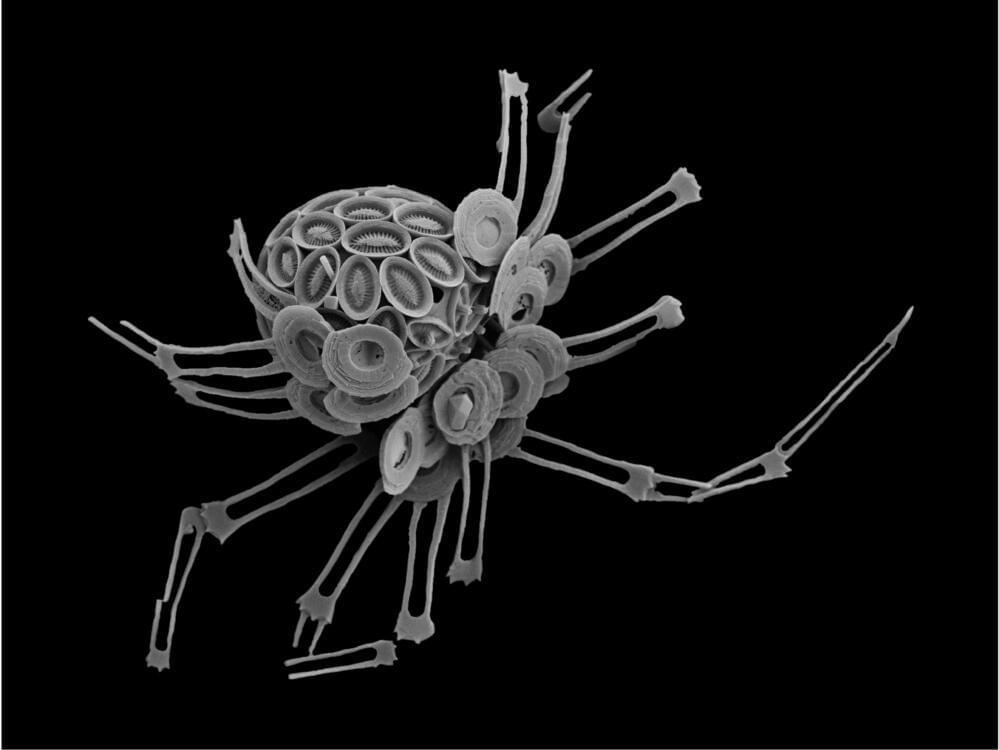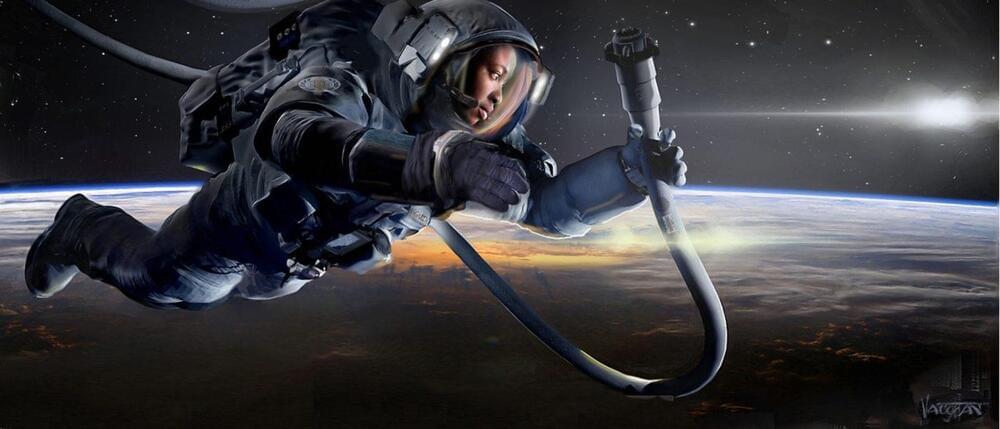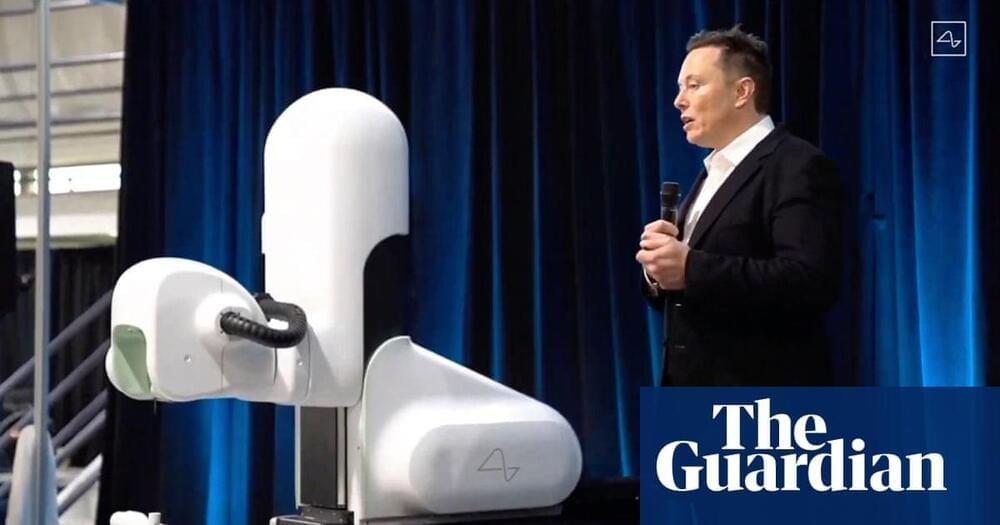Artificial intelligence (AI) encompasses several disciplines: natural language processing, automated reasoning, machine learning (ML), deep learning, neural networks, cognitive computing, advanced analytics, and data mining, among others. Michela Menting, senior research director at ABI Research, explores the state of AI today and highlights the need to secure LLM models to prevent the risks of the unbridled evolution of AI.
More strictly, AI involves the study and creation of computer systems capable of intelligent behavior, i.e., capable of performing or mimicking cognitive functions that are intuitively associated with human minds, including the ability to learn from the environment, adapt to it, interpret it, make inferences, and solve problems.








